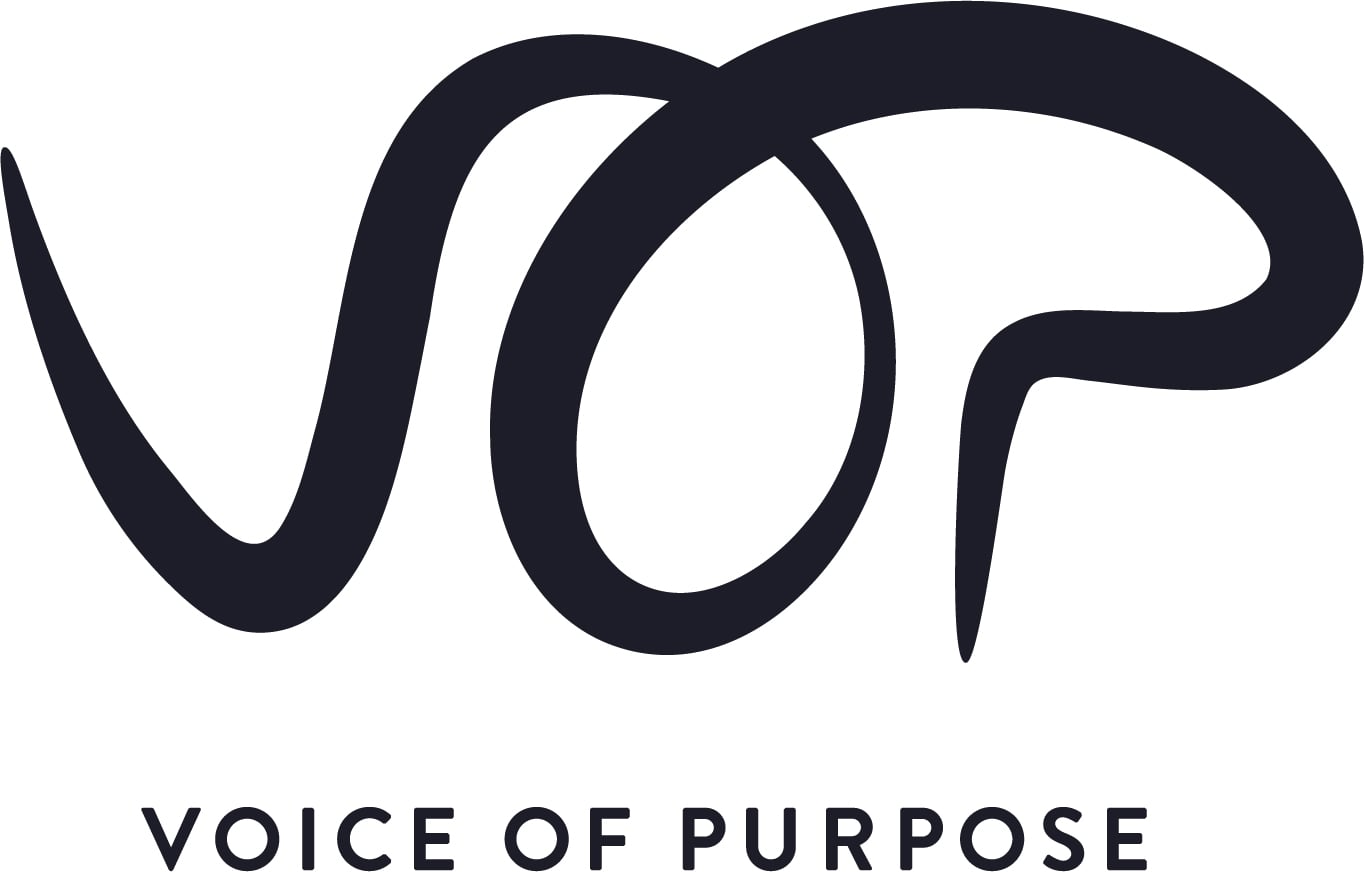“Learning virtually, the morale went down, the mental went down, and that was across the board, students teachers, parents. So it was my goal as an arts educator to make it fun exciting and engaging, so I had to be creative. You have to meet the needs of the community.” – Artist Educator
Although we may want to find answers that are supportive and helpful to everyone, the truth is that there is no such thing as a “one size fits all” approach, in the context of supporting communities online in the arts/education sector.
Based on our qualitative research, industry roundtables, artist circles and overall discussion, the results of our research findings both suggest and affirm to us that, not only is it the most effective, but it is also most integral to take a community-centered approach when it comes to arts education and educational offerings. A vital key is identifying and honoring the needs of the communities being served. This process must involve directly asking, connecting with and listening to these communities, as opposed to taking a hierarchical-based approach, where funding bodies make all the decisions for and without marginalized folks.
Not only do communities need to be able to define their own needs within their own contexts, but they also need to be met where they’re at in terms of their place/skills within the digital divide. A big step towards this is the process of demystifying technology; allowing room for learning and an increase of online literacy, while acknowledging that the lack of technical know-how is not a personal failure, but an opportunity to support one another in this transition to hybrid learning.
“Those that are closest to the issues, problems and challenges are usually also the ones that are closest to the answers” – Arts Funder
Through the lens of intersectionality, we understand how necessary it is for us to truly see each other, and be present for the iterations of care that are required when we are actively pushing back against huge systems like racism and oppression. While connecting with different communities, our foundations need to be grounded in the knowledge that discussion and understanding, while we make space/considerations around intersectionality, is how we uplift those that may be pushed into the margins by lack of access or care – especially as we witness the layers of exclusion that present itself in this new digital age of learning.
